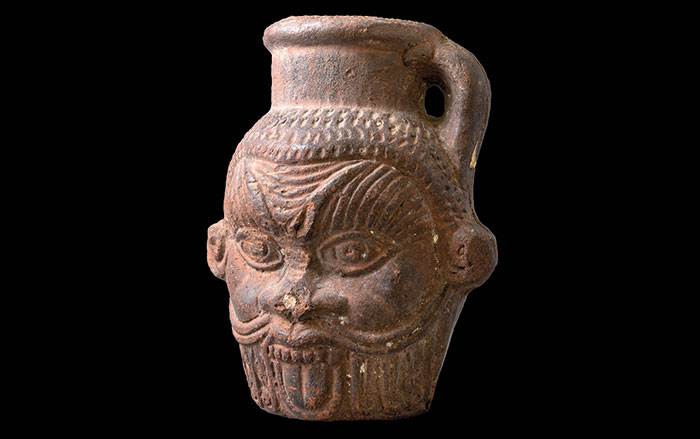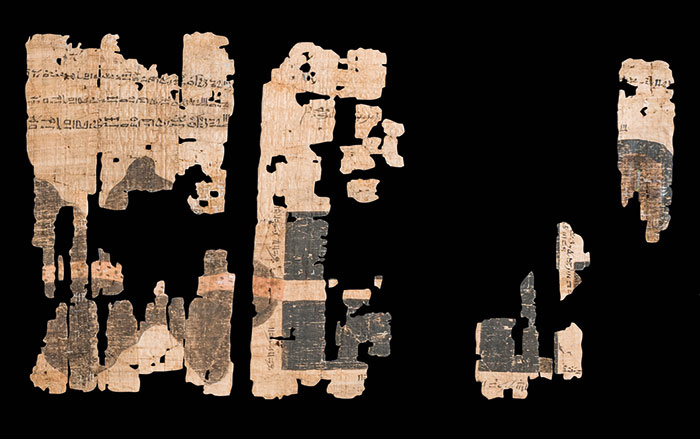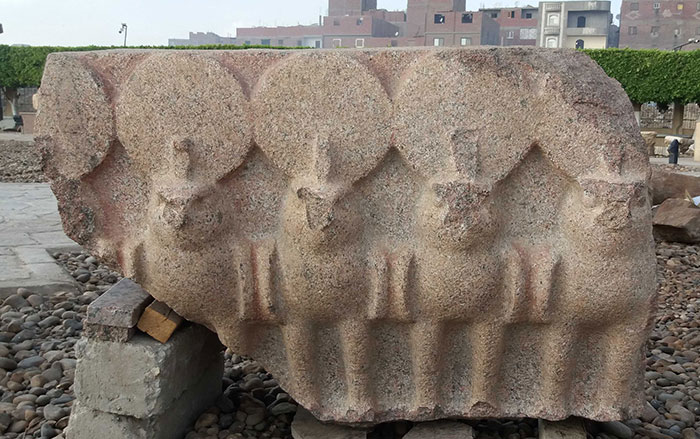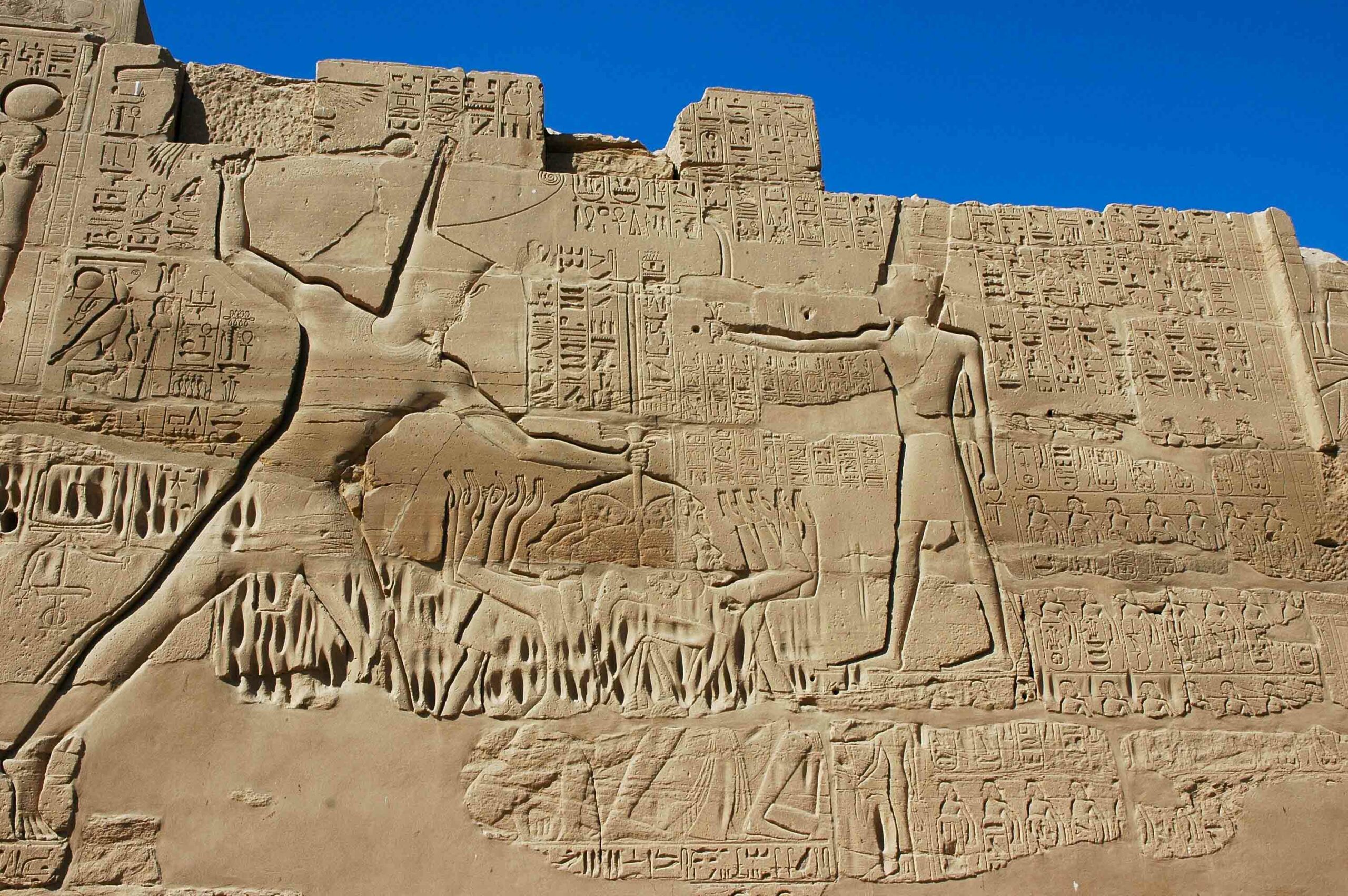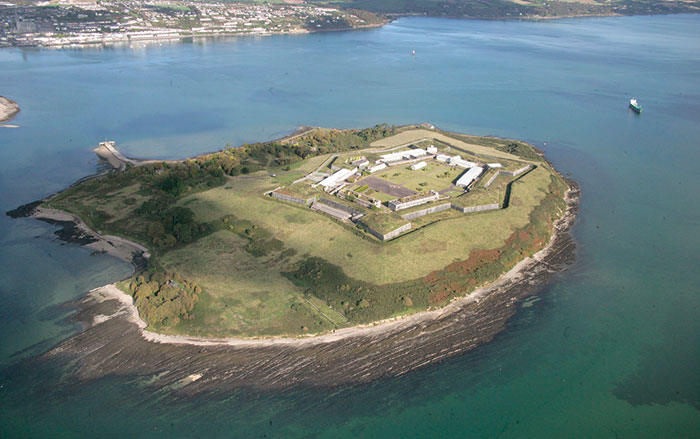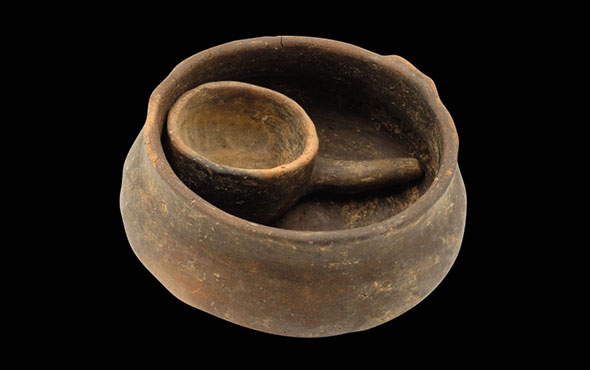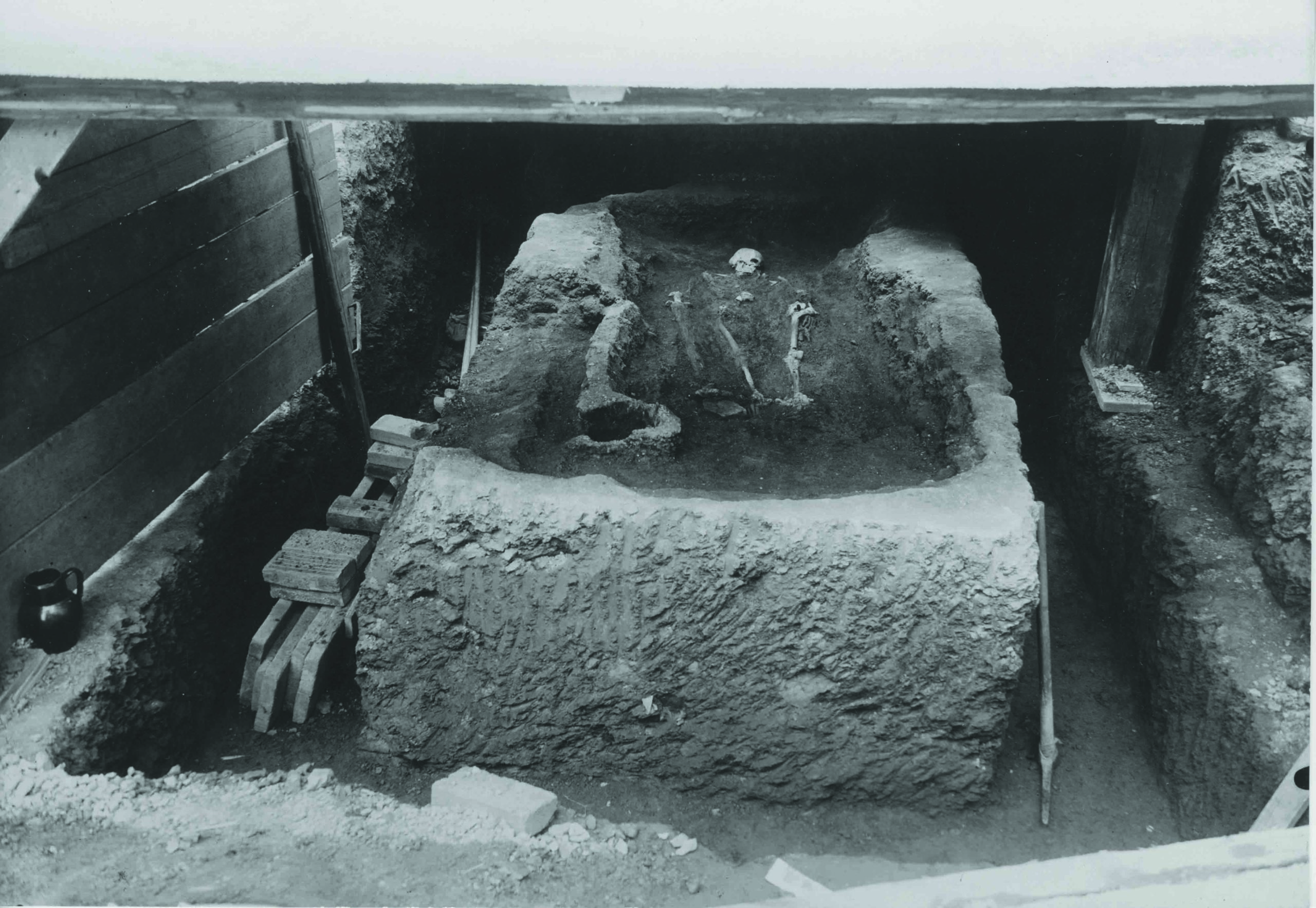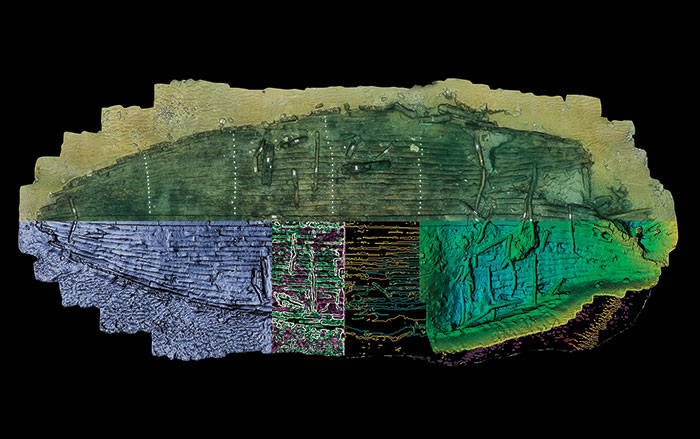
MAASTRICHT, THE NETHERLANDS—Science Magazine reports that a senet game board in the Rosicrucian Egyptian Museum in San Jose, California, has yielded new information about the ancient game's evolution. Similar to backgammon, senet seems to have been played by two competitors, who each rolled dice to move their five pawns to the final square along a game board divided into three rows of 10 spaces. Although the game became popular among Egyptians some 5,000 years ago as a purely entertaining pastime, tomb art from about 700 years later shows deceased individuals playing senet against living relatives. By the early New Kingdom, symbols on the game board had changed. Egyptian texts mention that the game had taken on religious significance, reflecting a soul's journey to the afterlife through Duat, the realm of the dead. Maastricht University archaeologist Walter Crist said the Rosicrucian board, which he has tentatively dated to the Eighteenth Dynasty (ca. 1550–1295 B.C.), appears to be an early example of the redesigned game. One of its squares, which in earlier versions of the game was marked with an X, features the hieroglyph for water, believed by scholars to represent a body of water the soul encountered on its way through Duat. “It may be one of the first times that this aspect of the journey through the afterlife is visually rendered on the board,” said Crist. To read about a 4,300-year-old painted burial chamber uncovered in Egypt's Saqqara necropolis, go to "Old Kingdom Tomb," one of ARCHAEOLOGY's Top 10 Discoveries of 2019.


